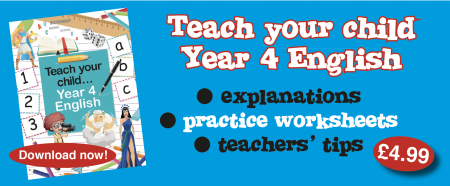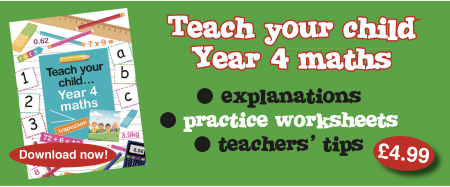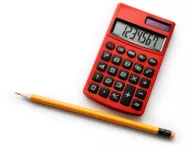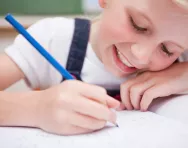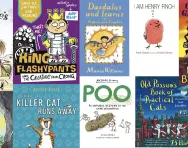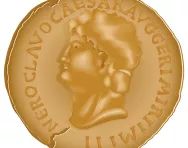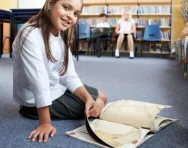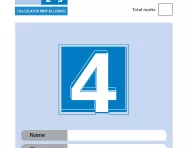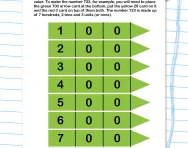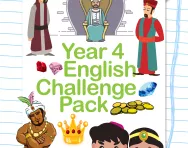TheSchoolRun.com closure date
As we informed you a few months ago, TheSchoolRun has had to make the difficult decision to close due to financial pressures and the company has now ceased trading. We had hoped to keep our content available through a partnership with another educational provider, but this provider has since withdrawn from the agreement.
As a result, we now have to permanently close TheSchoolRun.com. However, to give subscribers time to download any content they’d like to keep, we will keep the website open until 31st July 2025. After this date, the site will be taken down and there will be no further access to any resources. We strongly encourage you to download and save any resources you think you may want to use in the future.
In particular, we suggest downloading:
- Learning packs
- All the worksheets from the 11+ programme, if you are following this with your child
- Complete Learning Journey programmes (the packs below include all 40 worksheets for each programme)
You should already have received 16 primary school eBooks (worth £108.84) to download and keep. If you haven’t received these, please contact us at [email protected] before 31st July 2025, and we will send them to you.
We are very sorry that there is no way to continue offering access to resources and sincerely apologise for the inconvenience caused.
7 English and maths focus areas for Year 4 children

These are some of the key areas covered in Year 4, and some strategies to help you consolidate what they're learning at school, to put them in a really strong position when they come to start Year 5.
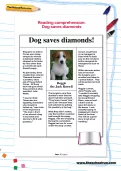
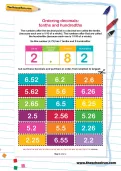
Start the Year 4 Learning Programme!
- Weekly maths & English worksheets direct to your inbox
- Follows the National Curriculum
- Keeps your child's learning on track
Year 4 English key area: root words, prefixes and suffixes
Suffix examples:
- -ness (heaviness, happiness)
- -ment (argument, punishment)
- -tial (essential, influential)
Prefix examples:
- re- (return, review)
- dis- (disobey, disappear)
- semi- (semi-final, semicolon)
TheSchoolRun has lots of spelling worksheets for Year 4, but you can also create your own prefixes and suffixes activity.
Write some root words / base words on lollipop sticks or slips of paper and add prefixes and suffixes to some others. Ask your child to create variations of words by adding prefix and suffixes to the root word, then write out the words they create.
Base word examples:
Build (rebuild); Play (replay / display); Read (reread); Sense (nonsense); Pay (prepay); School (preschool); Kind (unkind); Thought (thoughtful, thoughtfully, thoughtless); Help (helpful, helpfully, helpless); Care (careful, carefully, careless); Sad (sadness); Owner (ownership)
Year 4 English key area: story openings and settings
Children are assessed on their story writing throughout Key Stage 2, and whilst it can prove hugely satisfying to write entire stories – complete with chapters and illustrations if they like – it’s also helpful to break down what makes a great story.
Together, gather some of your favourite books, including picture books they read when they were younger if you still have them.
Discuss how the story starts, looking at how the author:
- Introduces characters
- Sets the scene
- Uses language to get the reader engaged
Focus too on where the story is set. Ask whether the setting makes a difference to how the story unfolds, and if it adds a particular atmosphere to the narrative.
There are no right or wrong books or publications for your child to enjoy reading, analysing and talking about – follow their interests.
Also, try not to obsess over whether a book is ‘too young’ for them – as adults we might sometimes enjoy a trashy magazine, and on another day a classic novel. Letting your child choose what they read will serve to boost motivation.
Whether they're into comics, football stories, performing arts tales, animal epics or school sagas, let them look forward to the moment when they can escape into fiction (or non-fiction!) every day!
Year 4 English key area: reading
By the time your child is in Year 4, you might have got out of the habit of reading with them regularly. Most likely, they read pretty well independently, and read in bed on their own – which is lovely. But whatever your child’s age, bedtime story-reading is the best way to end the day. It can help them gain a real love of literature, and a thirst to read more.
Reading well aloud continues to be an objective throughout the primary curriculum, so take it in turns to read a page each as you go through a novel, and discuss:
- Characterisation
- Plot
- Setting
- Punctuation
- Interesting words
Set a good example: let them see the adults in the house reading too (be it a novel, magazines or whatever you enjoy). It’s important for children to see the relevance of reading for adult life.
Year 4 maths key area: place value
In Year 4 children begin using numbers larger than three digits in their calculations, so ensuring they understand place value (ie hundreds, tens, units) is vital.
This means that in the number 346, for example, they understand that the 3 represents 300, the 4 represents 40 and the 6 represents six units.
Place value is topic that even teachers can find a little dull to teach, but there are ways to make it fun that really work to improvie children's understanding.
Print out some arrow cards to make numbers with, or use dice, and inject some competitive fun into the learning. Each player must use all the arrow cards or dice at their disposal to make the largest three-digit (or more) number possible. The other player(s) need to beat their number with a higher number. (If you roll a 6, a 9, and a 1 the highest number is 961, for example.) Make sure your child can explain the place value of the numbers they are creating.
Year 4 maths key area: quick-fire number facts
By the end of Year 4, your child should be able to recall many number facts, and be able to use what they know about number bonds and times tables to solve new problems.
Try games that challenge your child to use number facts to solve addition or subtraction problems quickly, in a fun and challenging way. TheSchoolRun has a selection of number games to point you in the right direction, as well as a Cool Maths Games learning pack for subscribers.
Year 4 maths key area: Roman numerals
In Year 4 children learn Roman numerals. Lots of eight- and nine-year-olds really love this numeracy topic – it's a break from their "normal" maths learning.
As we don’t see Roman numerals used that frequently, there’s something of a code-breaking vibe to them. Build up the intrigue by using this opportunity to give some context on how Roman numbers were widely used throughout the Roman Empire in everyday life. Ask your child to think about where they might have seen Roman numerals (for example on clocks, in the credits of films and on buildings). Year 4 children are only required to learn the Roman numerals from 0-100, but if they're interested, why not teach them the whole number system?
The focus, when you're exploring Roman numerals, needs to be on how the numerals are combined to make individual numbers.
The key rules are that when a symbol appears after a larger symbol, it is added (eg: VI = V + I = 5 + 1 = 6), and when a symbol appears before a larger symbol it is subtracted (eg: IX = X – I = 10 – 1 = 9).
Together, work out the Roman numeral for your child's age (and yours), your house number, how many pets you have, how many people are in your family and so on.
Year 4 maths key area: the 24-hour clock
Understanding the 12-hour and 24-hour clock is an area that many children struggle with at school, but it lends itself really well to being taught at home due to its relevance – many of the devices you use at home will probably display the time using the 24-hour clock, and what could be a better incentive for children than to use their devices to learn more?
Explain to your child why it can be useful to use the 24-hour clock (for example to avoid confusion over the exact time of an event – e.g. if someone says they’ll be arriving at 7.15, you don’t know if they mean morning or afternoon unless they add am or pm).
Ask your child to list out all the times from 1am and write the 24-hour clock equivalent next to them. Look for the pattern together (after midday you add 12 to the number to get to the 24-hour time). Revisit the list regularly and test your child on "military time". For example, what’s 2pm on the 24-hour clock? If my favourite programme is on TV at 19.00, what time is that according to the 12-hour clock?
